Allspice is not a spice blend at all - it's made from the dried, unripe berries of a single tropical tree called Pimenta dioica. This single ingredient naturally contains eugenol (found in cloves), cinnamaldehyde (from cinnamon), and myristicin (in nutmeg), creating its signature holiday flavor profile without any mixing required. Discover why this common kitchen misconception persists, how to properly use this versatile spice, and science-backed storage methods to maximize freshness.
Table of Contents
- What Exactly Is Allspice Made Of?
- Pimenta Dioica: The One-and-Only Source of Allspice
- Why Does Allspice Taste Like Multiple Spices?
- How to Use Allspice Correctly in Sweet and Savory Dishes
- Allspice Myths Debunked: Blend vs Single Spice Reality
- Proper Allspice Storage: Maximize Shelf Life and Flavor
- Allspice vs Mixed Spice: Key Differences Explained
- Little-Known Allspice Facts Every Cook Should Know
- Frequently Asked Questions About Allspice Composition
- Why Understanding Allspice Matters for Better Cooking
What Exactly Is Allspice Made Of?
The most common misconception about allspice is that it's a blend of spices. In reality, allspice is made from just one ingredient - the dried, unripe berries of the Pimenta dioica tree. When you buy "allspice" at the store, whether ground or whole, you're getting only this single spice, not a mixture.

Pimenta Dioica: The One-and-Only Source of Allspice
Understanding what allspice is made of requires knowing its botanical origin:
- Scientific Name: Pimenta dioica
- Origin: Native to Caribbean islands (particularly Jamaica), Central America, and parts of South America
- Harvesting: Berries are picked unripe and dried in the sun until they turn reddish-brown
- Processing: Can be used whole or ground into powder without adding any other ingredients
| Component | What It Is | Why It Matters |
|---|---|---|
| Allspice Berries | Dried unripe fruit of Pimenta dioica | Contains natural compounds that mimic cinnamon, clove, and nutmeg flavors |
| Eugenol | Organic compound (60-90% of essential oil) | Provides clove-like aroma and flavor |
| Cinnamaldehyde | Organic compound | Delivers cinnamon-like warm notes |
| Myristicin | Organic compound | Contributes nutmeg-like characteristics |
Why Does Allspice Taste Like Multiple Spices?
Allspice earns its name because its flavor profile naturally combines elements of three popular spices. This happens because Pimenta dioica berries contain specific compounds also found in other spices:
- Eugenol (60-90%) – Gives the clove-like sharpness
- Cinnamaldehyde – Provides the warm, sweet notes of cinnamon
- Myristicin – Contributes the earthy warmth of nutmeg
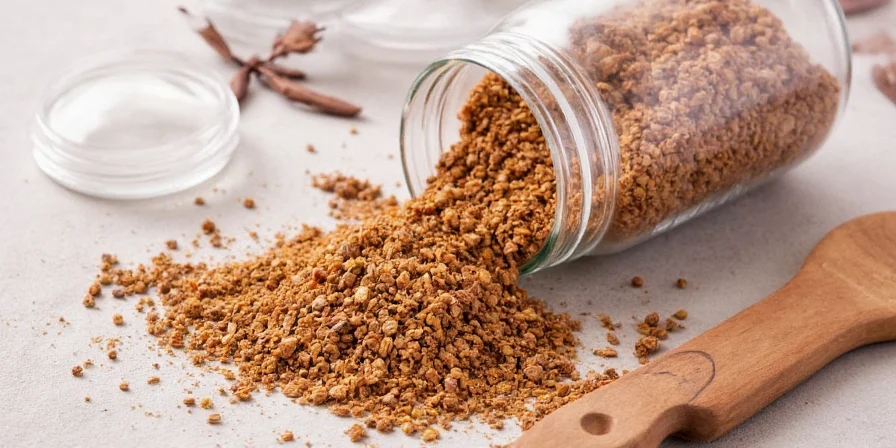
When you taste allspice, you're experiencing these compounds working together in one natural package. No blending required - it's nature's pre-mixed spice solution.
How to Use Allspice Correctly in Sweet and Savory Dishes
Knowing what allspice is made of helps you use it effectively. Here's how to leverage its unique composition:
- In Baking: Use 1/4 to 1/2 teaspoon per recipe in pumpkin pie, gingerbread, or spiced cakes
- With Meat: Add 1 teaspoon to marinades for pork shoulder or chicken thighs
- Caribbean Dishes: Essential for authentic jerk seasoning (2 tablespoons per recipe)
- Vegetable Dishes: Sprinkle 1/4 teaspoon on roasted carrots or sweet potatoes
- In Beverages: Add a pinch to mulled wine or hot chocolate
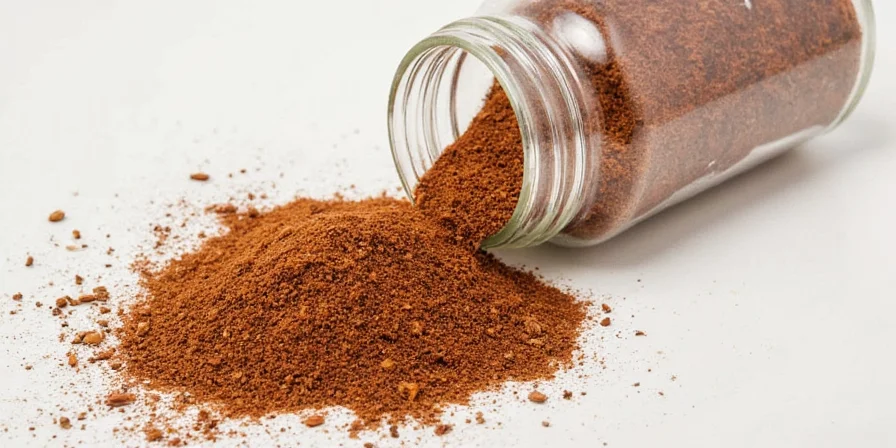
Allspice Myths Debunked: Blend vs Single Spice Reality
Let's clarify common misunderstandings about what allspice is made of:
- Myth #1: Allspice is a blend of cinnamon, nutmeg, and cloves
Reality: It's a single spice from one plant - Pimenta dioica berries - Myth #2: Allspice and mixed spice are the same thing
Reality: Mixed spice (UK term) is an actual blend; allspice is one ingredient - Myth #3: Allspice is just for desserts
Reality: Its complex composition makes it equally valuable in savory applications - Myth #4: Ground allspice is weaker than whole berries
Reality: Both contain the same compounds - whole just stays fresher longer
Proper Allspice Storage: Maximize Shelf Life and Flavor
Since allspice is made from just one ingredient, proper storage is crucial for maintaining its complex flavor profile:
- Air-tight containers: Essential to protect volatile compounds from oxygen exposure
- Cool, dark place: Prevents heat and light from degrading the essential oils
- Whole vs ground: Whole berries retain 90% of flavor for 3-4 years; ground loses potency after 2-3 years
- Freezer storage: Extend shelf life to 5+ years by storing in airtight container in freezer
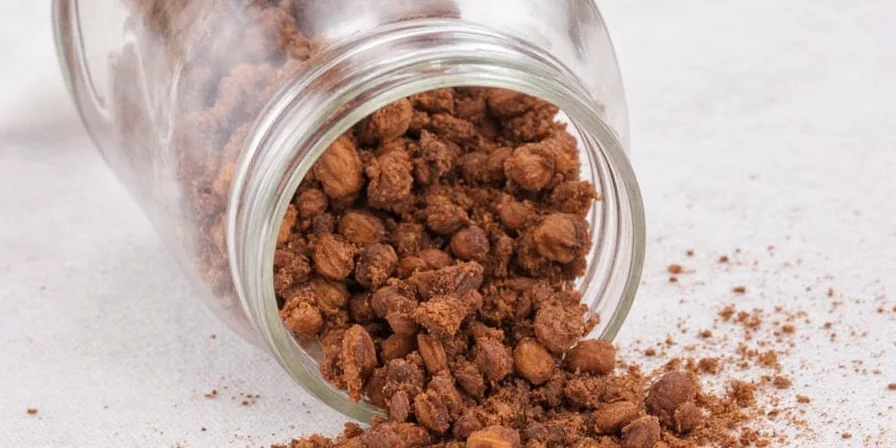
Allspice vs Mixed Spice: Key Differences Explained
Understanding what allspice is made of helps distinguish it from actual blends:
| Characteristic | Allspice (Single Ingredient) | Mixed Spice (Actual Blend) |
|---|---|---|
| Composition | 100% Pimenta dioica berries | Typically 4+ spices (cinnamon, nutmeg, coriander, cloves) |
| Flavor Profile | Naturally balanced warm notes | More variable, depends on blend ratios |
| Consistency | Same flavor profile batch to batch | Can vary by brand and region |
| Best For | Authentic Caribbean recipes, complex flavor needs | British baking, simpler spice requirements |
Little-Known Allspice Facts Every Cook Should Know
- Jamaican allspice contains higher eugenol content (up to 90%), giving it a more pronounced clove flavor than Mexican varieties
- Allspice was so valuable in the 17th century that Spanish ships would burn their cargo rather than let rival nations capture it
- The entire Pimenta dioica plant is useful - leaves are used in Jamaican cooking like bay leaves
- Allspice has natural preservative qualities due to its high eugenol content, which inhibits bacterial growth
- When substituting allspice for individual spices, use 1/2 teaspoon allspice for every 1/4 teaspoon of individual spice called for

Frequently Asked Questions About Allspice Composition
Is allspice actually a blend of spices?
No, allspice is not a blend. It's made exclusively from the dried berries of the Pimenta dioica tree. The name comes from its flavor profile that resembles a combination of cinnamon, cloves, and nutmeg, but it's a single-ingredient spice.
What gives allspice its multiple spice flavors?
Allspice contains natural compounds found in other spices: eugenol (60-90% of its essential oil) provides clove flavor, cinnamaldehyde delivers cinnamon notes, and myristicin contributes nutmeg characteristics. These compounds exist naturally in Pimenta dioica berries.
Can I make my own allspice by blending other spices?
You can create a reasonable substitute (1/2 tsp cinnamon + 1/4 tsp nutmeg + 1/4 tsp cloves = 1 tsp allspice substitute), but it won't be identical to real allspice. The natural balance of compounds in Pimenta dioica berries creates a more complex flavor profile than a simple blend can replicate.
Why does allspice smell like Christmas?
Allspice contains the same key aromatic compounds found in traditional holiday spices. Its high eugenol content mimics clove, while cinnamaldehyde provides cinnamon notes, and myristicin delivers nutmeg characteristics - creating a natural holiday spice blend in one ingredient.
Why Understanding Allspice Matters for Better Cooking
Knowing what allspice is made of transforms how you use this versatile ingredient. It's not a blend but a single spice with a naturally complex flavor profile that mimics multiple spices through its unique chemical composition. This understanding helps you use it more effectively in both sweet and savory applications while avoiding common substitution mistakes.
When you recognize that allspice comes from just one source - the Pimenta dioica berry - you can appreciate why it delivers such consistent flavor. Proper storage preserves its volatile compounds, while understanding its composition helps you balance recipes perfectly. Whether you're making Jamaican jerk chicken, pumpkin pie, or mulled wine, knowing the science behind allspice elevates your cooking from guesswork to precision.
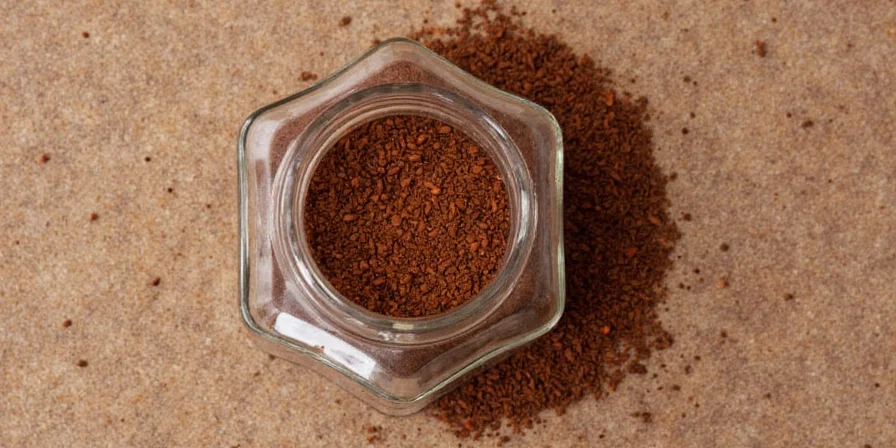
Now that you know what allspice is really made of, you can use this knowledge to create more flavorful, authentic dishes while avoiding the common pitfalls that plague home cooks.

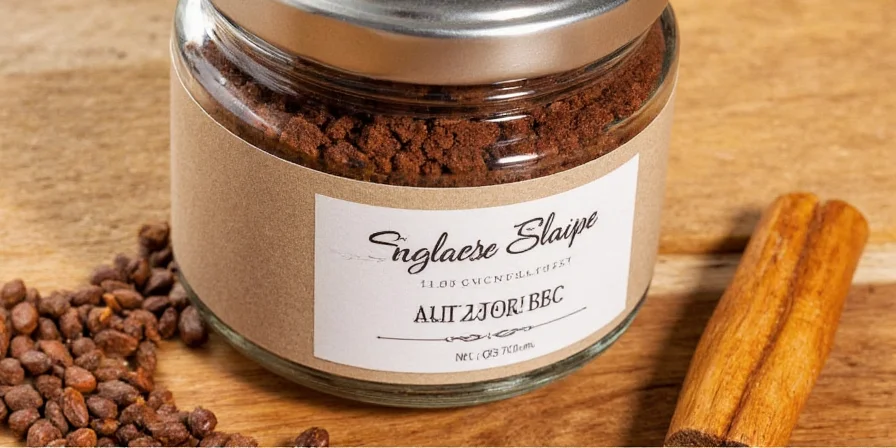









 浙公网安备
33010002000092号
浙公网安备
33010002000092号 浙B2-20120091-4
浙B2-20120091-4